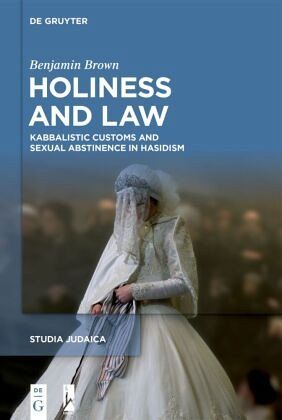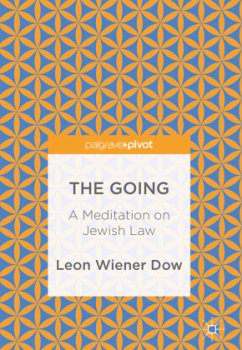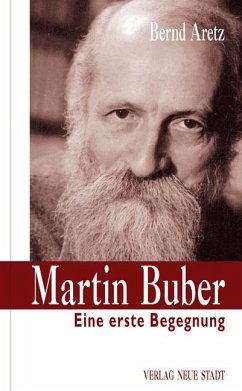Nicht lieferbar

Holiness and Law
Kabbalistic Customs and Sexual Abstinence in Hasidism
Versandkostenfrei!
Nicht lieferbar
Hasidic groups have myriad customs. While ordinary Jewish law (halakhah) denotes the "bar of holiness" mandated for the ordinary Jew, these customs represent the higher threshold expected of Hasidim, intended to justify their title as hasidim ("pious"). How did the hasidic masters perceive the enactment of these new norms at a time in which the halakhah had already been solidified? How did they explain the normative power of these customs over communities and individuals, and how did they justify customs that diverged from the positive halakhah? This book analyzes the answers given by nineteen...
Hasidic groups have myriad customs. While ordinary Jewish law (halakhah) denotes the "bar of holiness" mandated for the ordinary Jew, these customs represent the higher threshold expected of Hasidim, intended to justify their title as hasidim ("pious"). How did the hasidic masters perceive the enactment of these new norms at a time in which the halakhah had already been solidified? How did they explain the normative power of these customs over communities and individuals, and how did they justify customs that diverged from the positive halakhah? This book analyzes the answers given by nineteenth-century hasidic authors. It then examines a test case: kedushah ("holiness"), or sexual abstinence among married men, a particularly restrictive norm enacted by several twentieth-century hasidic groups. Through the use of theoretical tools and historical contextualization, the book elucidates the normative circles of hasidic life, their religious and social sources and their interrelations.














